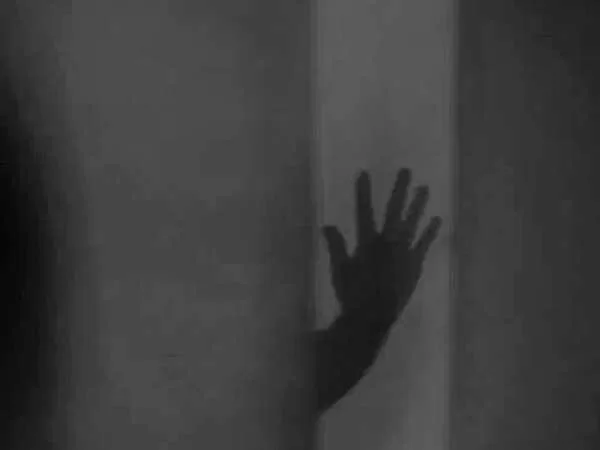At the outbreak of the Wusung-Shanghai campaign on August 13, 1937, Japan unleashed poison gas against Chinese troops, a bold and horrifying move witnessed by American and British naval forces and numerous Europeans and Americans. Over the following eight years, Japan deployed poison gas 1,131 times across 14 Chinese provinces, marking a dark chapter in wartime atrocities.
Key Points
- Japanese poison gas WWII,
- Biological warfare in China,
- Unit 731 atrocities,
- WWII bacteriological warfare,
- Japanese war crimes,
- Ishii Shiro Unit 731,
- Wellington Koo plague attacks,
- U.S. biological weapons research,
- Camp Detrick Maryland,
- Lt. Col. Murry Sanders,
- Japanese plague bacteria,
- Wusung-Shanghai campaign 1937,
- Peter Williams and David Wallace,
- Sheldon Harris biological warfare,
- WWII ethical dilemmas,
Japan’s Biological Warfare in China
According to Peter Williams and David Wallace, the Japanese army’s use of bacteriological warfare in China was systematic and devastating. Chinese Ambassador to London, Wellington Koo, submitted a detailed account to the British government and the Committee for the Pacific War, highlighting the Japanese deployment of plague bacteria from airplanes.
Documented Attacks:
- Chuhsien, Chechiang (October 4, 1940): Japanese planes dropped plague bacteria, resulting in 21 deaths.
- Ningpo, Chechiang (October 29, 1940): Another attack led to 99 fatalities.
- Chinhua, Chechiang (November 28, 1940): A large quantity of germs was dropped, but no deaths were reported.
- Suiyuan and Ninghsia (January 1941): Plague germs spread, causing significant epidemics.
- Shansi (January 1941): Further spread of plague resulted in serious outbreaks.
American Awareness and Response
Despite being aware of Japan’s advancements in biological warfare, the United States initially dismissed the threat. Sheldon Harris suggests that this was due to a combination of geographic distance and racial prejudice, as many Americans believed that the Japanese, being Asian, were incapable of developing sophisticated biological weapons without Western assistance.
U.S. Acknowledgment and Research
The United States’ understanding of Japan’s biological warfare capabilities grew with the capture of Japanese prisoners of war in the South Pacific. These prisoners revealed that Japan’s biological research was extensive, centered in Tokyo, with Unit 731 at the forefront under the leadership of Ishii Shiro. The U.S. learned about the size of Unit 731 and the production of germ bombs, primarily from Japanese naval sources.
The Start of U.S. Biological Warfare Program
In September 1943, the U.S. launched its biological weapons research program, led by Lt. Col. Murry Sanders, a young bacteriologist. The program was based at Camp Detrick in Maryland. Although the U.S. was four years behind England in biological warfare research, its program rapidly grew, achieving mass production capabilities. A notable success was the freeze-drying of viruses for delivery to enemy territories.
The Ethical Dilemma and Acquisition of Data
American scientists were keen to acquire the results of Unit 731’s research. This desire raised significant ethical questions, given the horrific nature of the experiments conducted by the Japanese on Chinese prisoners. Despite these concerns, the U.S. sought to leverage the knowledge gained from these inhumane practices to advance its own biological warfare capabilities.
The Legacy of Atrocities
The use of poison gas and bacteriological warfare by Japan during World War II remains one of the most harrowing aspects of the conflict. The systematic and widespread deployment of these weapons caused untold suffering and death among Chinese civilians and soldiers. The revelations about Unit 731 and the subsequent actions by the U.S. to acquire and utilize this research highlight the complex and often morally ambiguous nature of wartime scientific advancements.
Conclusion
Japan’s use of poison gas and biological warfare during World War II represents a grim chapter in the annals of military history. The horrifying attacks on Chinese populations and the subsequent American response underscore the devastating impact of these weapons and the ethical challenges they pose. As history continues to unveil the dark secrets of these wartime atrocities, it serves as a poignant reminder of the need for vigilance and moral integrity in scientific and military endeavors.

